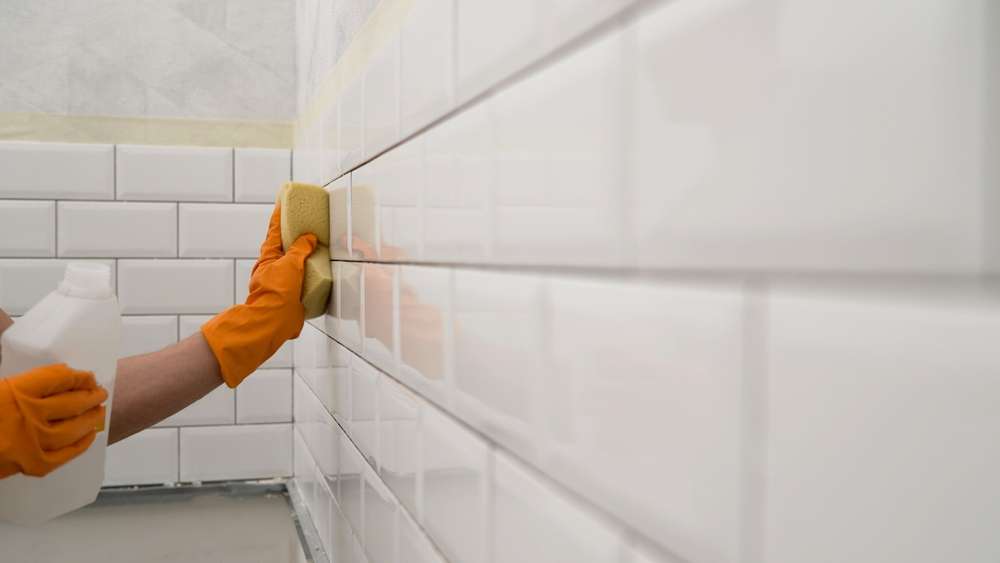Renovation checklist for resilient wet-area upgrades
A focused checklist helps guide wet-area renovations toward long-term resilience. Covering material choices, moisture control, and practical layout options, this article highlights durable finishes, ventilation strategies, and maintenance priorities that support safe, functional wet spaces.

Upgrading a wet area requires planning that prioritizes water resistance, long-term durability, and everyday usability. A resilient renovation balances functional choices—like waterproofing and ventilation—with finishes and fixtures that simplify maintenance and reduce the risk of moisture damage. This article outlines practical considerations for tiles, grout, plumbing, lighting, storage, and accessibility so remodels deliver reliable performance over time.
How should tiles and grout be selected for durability?
Choose tiles based on slip resistance, porosity, and expected traffic. Porcelain tiles generally offer lower water absorption and higher durability than many natural stones, while textured or matte finishes improve traction under wet conditions. Pay attention to grout type: cementitious grout is common, but epoxy grout provides improved stain resistance and reduced water absorption in high-moisture areas. Use grout sealants where appropriate and plan regular grout maintenance to prevent cracks and mold, which can undermine the integrity of your tile installation.
What waterproofing and moisture controls are needed?
Waterproofing is a system, not a single product. Start with a continuous waterproof membrane beneath tiles and around wet zones, extend it up walls near showers and tubs, and ensure seams and transitions are properly sealed with compatible sealants. Address moisture entry points such as pipe penetrations and floor drains. Consider vapor barriers for exterior-facing walls. Effective moisture control reduces mold risk and extends the life of finishes and fixtures, complementing ventilation and regular maintenance schedules.
How can ventilation, lighting, and plumbing be planned effectively?
Adequate ventilation limits humidity buildup that harms finishes and indoor air quality. Select exhaust fans sized to the room’s volume and place them to capture steam from shower areas; consider humidity-sensing controls for automatic operation. Layer lighting with moisture-rated fixtures for general, task, and accent needs—dimmer or shielded fixtures improve comfort and safety. Coordinate plumbing layout to minimize long runs that increase leak risk and prioritize accessible shutoffs and durable materials to simplify future repairs.
Which fixtures, storage, and accessibility options improve longevity?
Choose fixtures rated for wet environments and durable finishes such as stainless steel, brass, or high-quality chrome. Wall-mounted vanities and open shelving can reduce moisture trapping and make cleaning easier; sealed cabinetry and ventilated storage reduce mold risk. Incorporate accessibility features—grab bars, curbless shower entries, slip-resistant surfaces—to enhance safety without compromising waterproofing. Consider modular storage and replaceable components for easier long-term upkeep during remodeling.
How can sustainability be incorporated into wet-area remodeling?
Sustainable choices often support resilience: low-flow fixtures reduce water stress on plumbing and drainage, durable tiles reduce replacement frequency, and recycled-content materials lower environmental impact. Opt for locally sourced products and low-VOC finishes to improve indoor air quality. Designing for longevity—easy maintenance, replaceable parts, and serviceable plumbing—reduces waste and lifecycle costs. Energy-efficient ventilation and LED lighting further reduce ongoing environmental and operational footprints.
What ongoing maintenance ensures resilient wet-area performance?
A maintenance plan prevents small issues from escalating. Regularly inspect grout and sealant lines for cracks and reseal as needed; clean drains and check for slow drainage that could indicate blockage. Maintain exhaust fans and replace filters where applicable to preserve ventilation effectiveness. Schedule periodic checks of exposed plumbing joints and fixture seals to detect leaks early. Proper, routine care preserves durability and extends the useful life of materials installed during remodeling.
Conclusion
A resilient wet-area upgrade combines careful material selection, comprehensive waterproofing, and practical layout choices with good ventilation, accessible fixtures, and planned maintenance. Balancing durability, sustainability, and usability during remodeling reduces long-term risks from moisture and wear, helping wet spaces remain reliable and safe for years to come.





